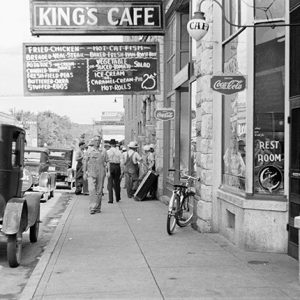 Clarksville Street Scene
Clarksville Street Scene
Time Period: Early Twentieth Century (1901 - 1940)
 Clarksville Street Scene
Clarksville Street Scene
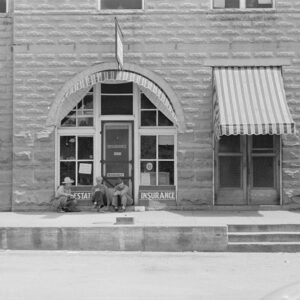 Clarksville Street Scene
Clarksville Street Scene
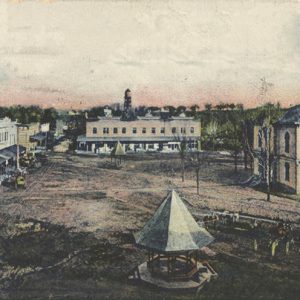 Clarksville Street Scene
Clarksville Street Scene
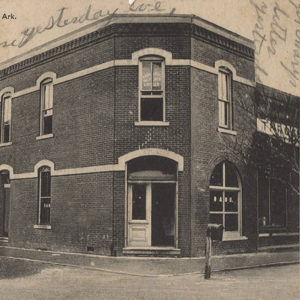 Clay County Bank
Clay County Bank
 Clay County Oil Company Well No. 1
Clay County Oil Company Well No. 1
 Claybrook Tigers
Claybrook Tigers
 Claybrook Tigers Ad
Claybrook Tigers Ad
Claybrook Tigers Baseball Team
Claybrook, John C.
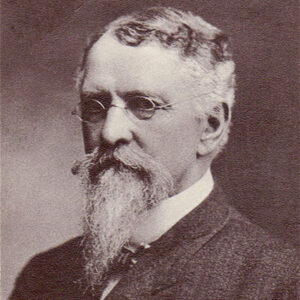 William H. H. Clayton
William H. H. Clayton
 Clearing Timber
Clearing Timber
Cleburne County Courthouse
Cleburne County Draft War
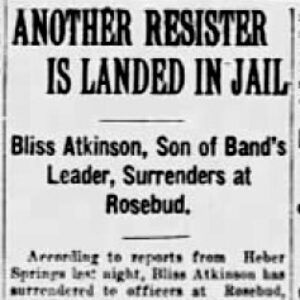 Cleburne County Draft War Article
Cleburne County Draft War Article
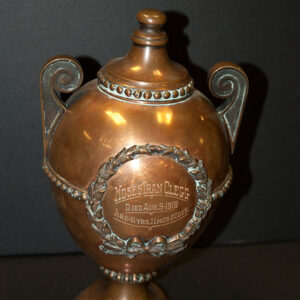 Clegg Urn
Clegg Urn
Clem Bottling Works
 Clem's Cola
Clem's Cola
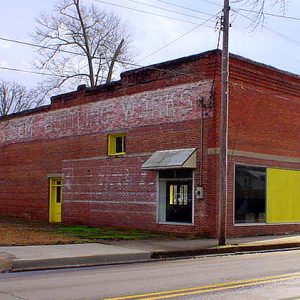 Clem's Bottling Works
Clem's Bottling Works
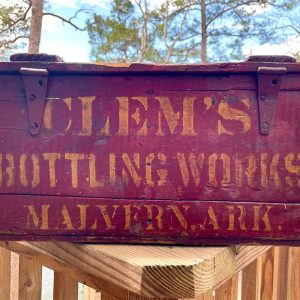 Clem's Crate
Clem's Crate
 Clem’s Cola Label
Clem’s Cola Label
 Clem’s Cola Sign
Clem’s Cola Sign
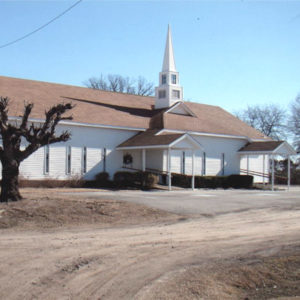 Cleveland Church
Cleveland Church
Cleveland County Courthouse
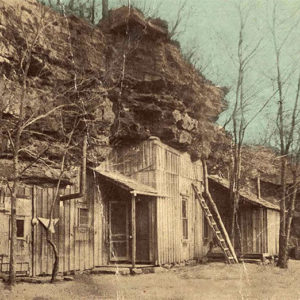 Cliff Home
Cliff Home
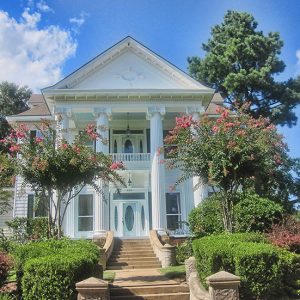 Clifton and Greening Streets Historic District
Clifton and Greening Streets Historic District
Clifton and Greening Streets Historic District
 Climber Automobile
Climber Automobile
 Climber Motor Corporation Ad
Climber Motor Corporation Ad
Climber Motor Corporation
 Clinic Interior
Clinic Interior
Clover Bend Historic District
aka: Clover Bend (Lawrence County)
 Clyde Barrow Wanted Poster
Clyde Barrow Wanted Poster
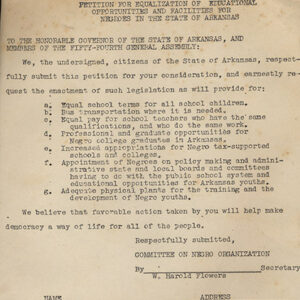 CNO Petition
CNO Petition
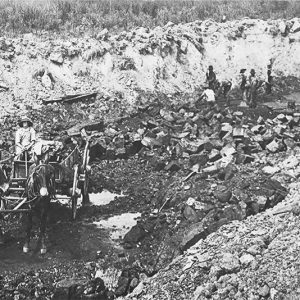 Coal Mining
Coal Mining
 Coal Mining Settlement
Coal Mining Settlement
Cobbites
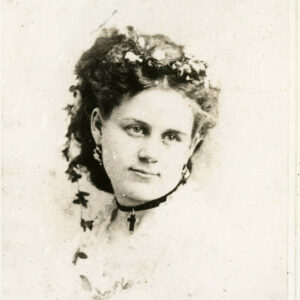 Mary Cockrill
Mary Cockrill
 Sterling R. Cockrill Article
Sterling R. Cockrill Article
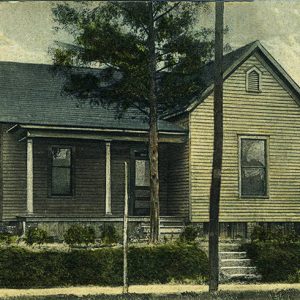 Coffin Home
Coffin Home
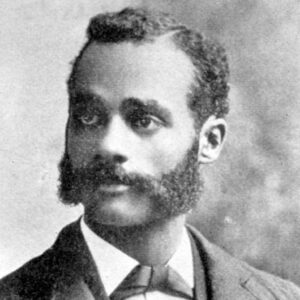 Frank Coffin
Frank Coffin
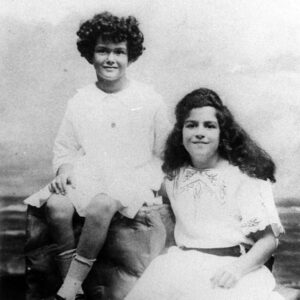 Cohn Sisters
Cohn Sisters
Cold Spring
Cold Springs School
aka: Hepsey School
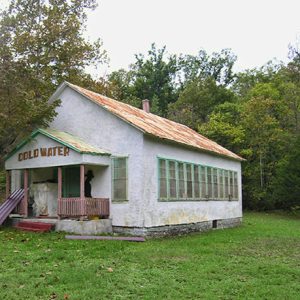 Cold Water School
Cold Water School
Cold Water School
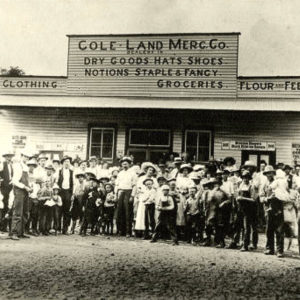 Cole-Land Mercantile Company
Cole-Land Mercantile Company
Coleman, Ed “Sweat”
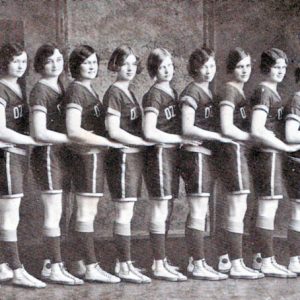 College of the Ozarks Girls' Basketball
College of the Ozarks Girls' Basketball
Collier Springs Shelter
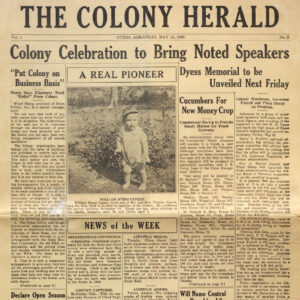 Colony Herald
Colony Herald




